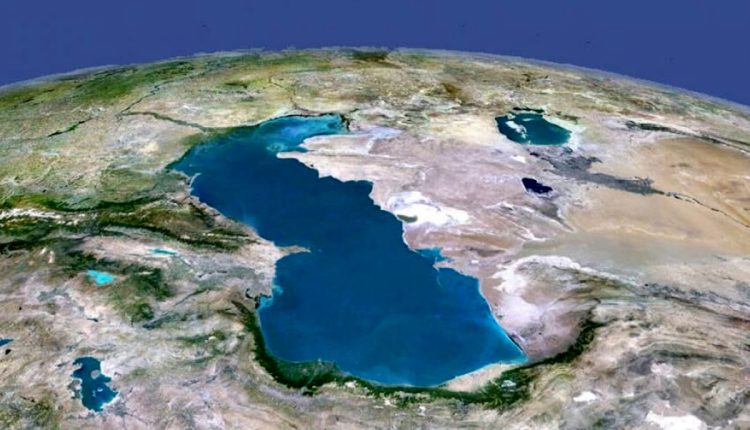Sea News – August 12 has been designated as Caspian Sea World Day by the Regional Convention for the Protection of the Caspian Sea Environment, known as the “Tehran Convention.” This day serves as a reminder of the importance of preserving and protecting the world’s largest lake, which plays a unique role in providing natural resources, economic benefits, climate regulation, and biodiversity conservation.
The Caspian Sea, as the largest lake in the world, holds special strategic significance for five countries: Iran, Russia, Kazakhstan, Turkmenistan, and Azerbaijan. This sea is not only a unique ecosystem for diverse aquatic species but also one of the world’s major sources of oil and gas. However, the current state of the Caspian is under pressure from multiple factors, presenting serious challenges for its future.
Current Situation and Issues
Declining Water Levels and Climate Impacts: The water level of the Caspian Sea has significantly decreased, posing a serious warning to coastal ecosystems and regional economies. This decline is attributed to climate change, reduced precipitation, and increased evaporation. The drop in water levels has led to issues such as increased salinity and the destruction of sensitive habitats.
Industrial and Oil Pollution: Pollution from industrial and oil activities is one of the primary threats to the Caspian. Oil spills and industrial wastewater from the surrounding countries have put severe pressure on the marine environment, threatening aquatic health and water quality. Oil pollution has also contributed to the extinction of some native and important species.
Biodiversity Crisis: The Caspian Sea is home to unique species, some of which are endangered. Overfishing, pollution, and habitat changes have led to a severe decline in populations of these species, including sturgeon. This situation not only threatens the marine ecosystem but also jeopardizes the economic interests of the countries involved.
Legal and Management Challenges: The lack of complete agreement on resource distribution and maritime borders among the bordering countries has led to political and economic tensions. These disputes have made coordinated management of resources difficult and delayed the implementation of conservation policies.
Proposed Solutions
Water Management and Climate Change Mitigation: The bordering countries need to develop joint strategies for water resource management and climate change adaptation. Using modern technologies to reduce evaporation, improving river and lake management, and developing joint carbon reduction programs can help stabilize water levels.
Pollution Control and Environmental Oversight: Strengthening environmental regulations and increasing oversight of industrial and oil activities are essential. Strict enforcement of environmental standards for the oil industry and the development of pollution monitoring infrastructure can help reduce pollutants entering the Caspian. Member countries should employ advanced technologies for pollution cleanup and enhance regional cooperation in this regard.
Biodiversity Conservation and Species Revival: Comprehensive conservation programs for endangered species such as sturgeon should be pursued more vigorously. Establishing marine protected areas, managing fisheries, and implementing artificial breeding programs can aid in the revival of these species. Additionally, educational and awareness programs at the local community level can help reduce pressure on biodiversity.
International Agreements and Regional Cooperation: The Caspian Sea’s bordering countries should move towards new and effective agreements on resource distribution and marine management. Establishing regional bodies with strong executive powers and strengthening multilateral cooperation can help resolve disputes and improve resource management. Moreover, developing and enforcing comprehensive laws for marine environmental protection is essential.
The Caspian Sea, as a vital resource for the bordering countries, faces significant environmental and management challenges that require coordinated regional efforts. By focusing on resource management, pollution control, biodiversity protection, and strengthening international cooperation, a more sustainable future for this unique lake can be achieved, preventing its degradation.

